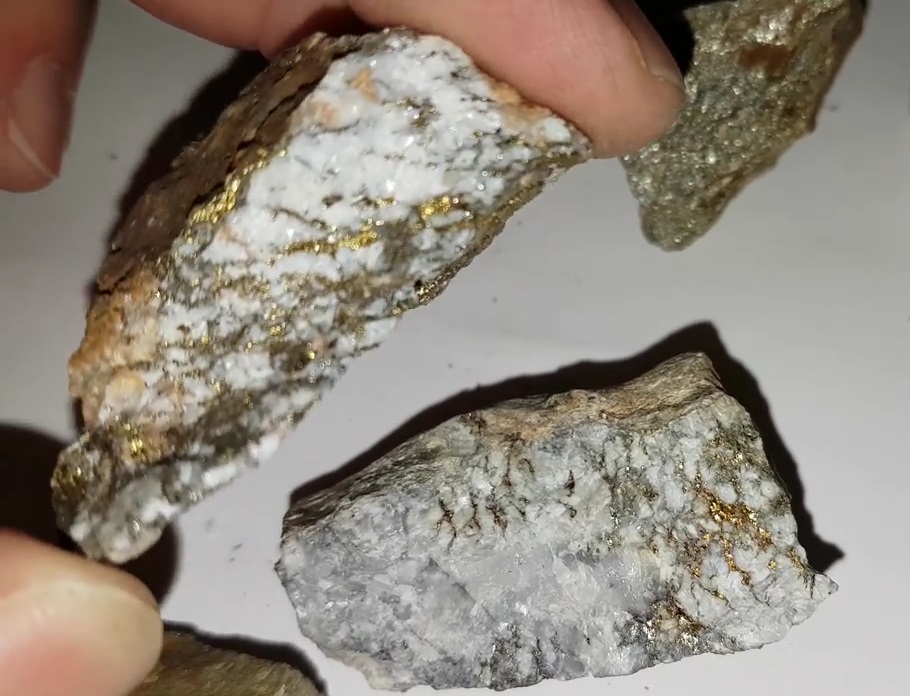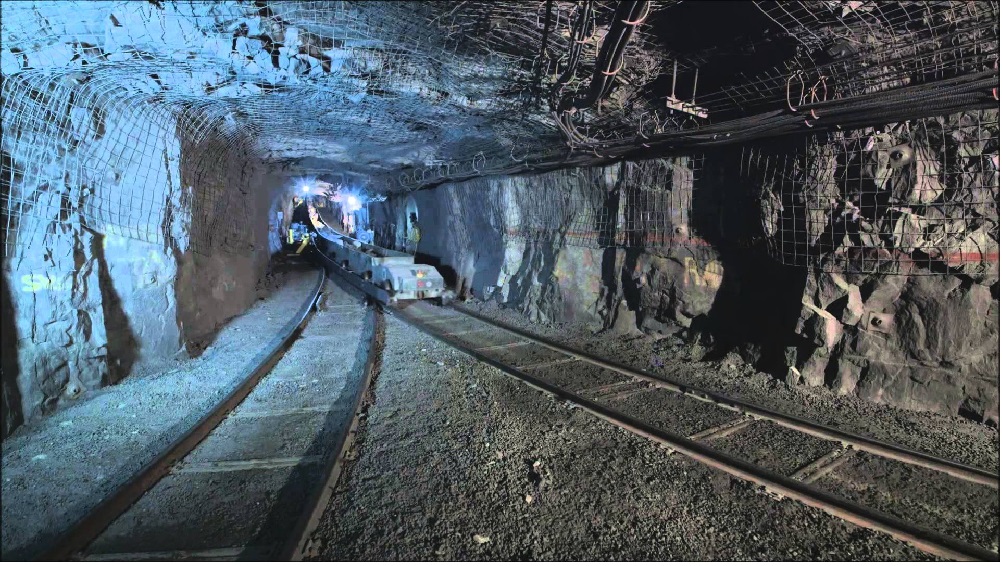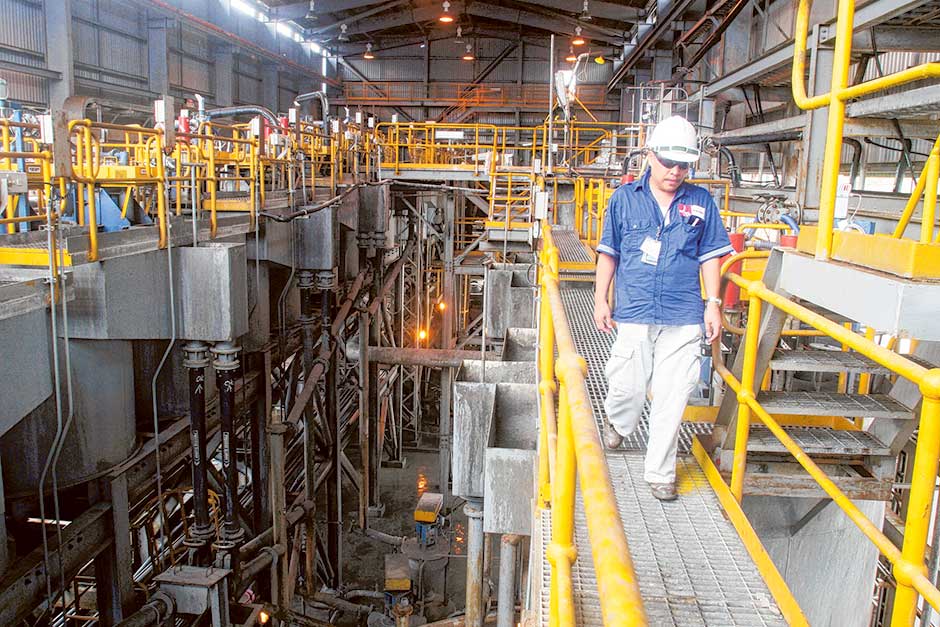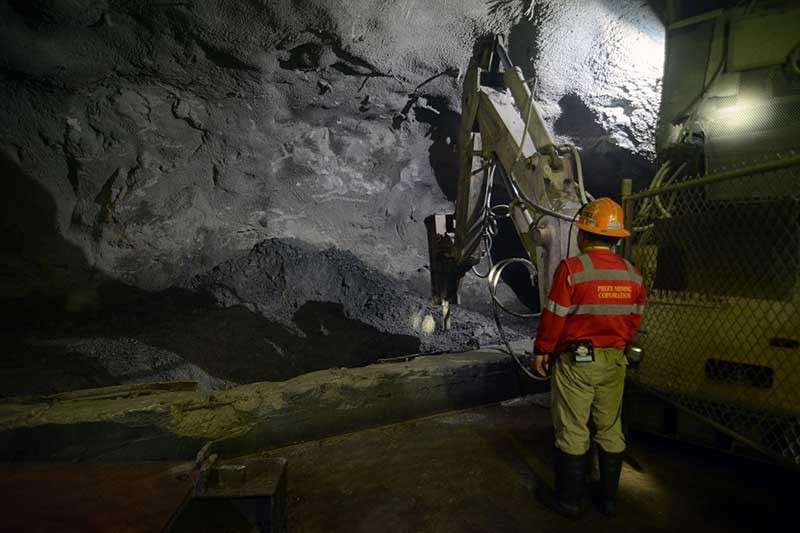Gold in the Philippines: How much is it really worth?
Country sits on billions worth of gold deposits; OFWs send home 3X more
By: Jay Hilotin

Spot gold had risen 1.13% percent to $1,298.35 per ounce on Sunday 8.01 GMT.
HIGHLIGHTS
- Does the Philippines actually sit on “mountains of gold”?
- All the gold in the world is worth about $8 trillion
- Local communities must deal with mine tailings laden with cyanide, a highly toxic chemical, a key ingredient in extracting gold and silver
- The country reportedly holds the world’s second-largest gold deposits.
- Income from mining is finite; consumed by the present generation
Dubai: Gold is one of the rarest and priciest metals. The Philippines, it’s been said, sits on “mountains of gold”. This epithet needs a closer look.
Figures from the Mines and Geosciences Bureau (MGB), a government agency, show that the country produced 20.765 metric tonnes (MT) of gold in 2018, valued at $866.72 million (Php44.8 billion, Dh3.14 billion).
It was slightly down from the previous year (2017), when the Asian country produced 22.749 MT of gold, valued at Php46.79 billion ($894.64 million, Dh3.2 billion), MGB data show.
20.765
metric tonnes of gold produced by the Philippines in 2018
The yellow metal is a hugely important part of the global economy, with total output from the world’s gold mines at 3,150 MT in 2017, valued at $146.58 billion.

About half of the world’s gold production ends up as jewellery, some 10% for industrial use, while one-third goes into bars and coins held by monetary authorities and central banks around the world.
Gold is traded daily, bought and sold by individuals, funds and banks. Price is dictated by supply and demand. Currently, all the gold in the world is worth about $8 trillion.
Gold-rich provinces
Together with silver, and other base metals like copper, nickel and chromite, the Philippines’ mining industry produced Php121 billion (about $2.3 billion) in 2018, up from Php110.43 billion ($2.11 billion) in 2017.
In the last 112 years since the opening of Benguet Mines, the first commercial mining operation in the country’s north, the industry has helped the national economy.
However, the Philippine has endured of the most persistent poverty levels in South-east Asia.
$1.4
trillion dollars, the estimated value of the Philippines’ mining industry
Mineral extraction is a hot-button issue in the Philippines.
At the receiving end are local communities who must deal with mine tailings laden with cyanide, a highly toxic chemical, a key ingredient in extracting gold and silver.
The country reportedly holds the world’s second-largest gold deposits. But its extraction comes with socially explosive concerns: health, safety, environmental hazards and rights of local (indigenous) people who are at the receiving end of deadly effluents.
Recent mining disasters in the Philippines:
- August 29, 1994: A coal mine explosion kills 119 near the southern city of Malangas, Philippines
- March 24, 1996: The Marcopper Mining Disaster occurred on the Philippine island province of Marinduque
- October 11, 2005: First toxic spill occurred on Lafayette mine in Rapu-Rapu Albay. Company claims the leaks were ‘accidents’ caused by heavy rain.
- August 1, 2012: A massive mining spill causing the release of 20.6 million tons of toxic tailings into water bodies, occurred at the Philex Padcal mine, located in Benguet province
- November 25, 2012: Silt-laden water spilled from its silt pond No. 2 at its Toronto Mining Area in San Isidro, Narra, in Palawan province
Global output of gold was 3,150 MT in 2017, valued at $146.58 billion.
Commercial mines
Foreign companies are active in the 35 commercial-scale mines in the Philippines — a country also blessed with copper, silver, nickel, chromite, iron, manganese, among others. Some of the mining companies had been bedevilled by communist insurgents, now tagged by the military as “terrorists”, who sometimes disrupt mining operations by resorting to torching of the miners’ heavy equipment.
Is the “mountains of gold” tag then correct?
The Philippine Statistics Authority (PSA) estimates the Asian country has gold reserves at the beginning of 1998 amounting to 101.6 million metric tonnes (MT) of gold ore, equivalent to about 240 MT of gold metal. This is the high end of the estimate.
READ MORE
- #Pinoy: Where Filipinos endure extreme poverty, amidst a rich land
$4.25B
Total Philippine export receipts from mining in 2017 (equivalent to (Php221 billion; Dh15.6 billion)
Based on March 10, 2019 gold rates ($1,319.20 per ounce, or $45.64 million per MT at the London Metals Exchange), that’s equivalent to $10.95 billion dollars.
New gold mine: OFW remittances, call centres
In reality, however, the country’s biggest gold mine today are the overseas Filipino workers (OFWs). Last year, some 10 million Filipinos working overseas remitted about of $32 billion — more than three times the total estimated gold deposits in the country.
Resident Filipinos also earn another $13 billion to $14 billion a year from Business Process Outsourcing (BPO, or the so-called “call centres”), as the largely English-speaking-what-neutral-accent country grabs the lion’s share of the industry’s global revenues.

Mine tailings
Mining for gold is a notoriously tough job. The country is currently home to more than a dozen gold miners and exploration companies.
Government statistics show that between 1988 and 1994, a period of seven years, a total of 27.7 million MT of gold ore, containing about 36 metric tonnes of the metal was extracted in the Philippines.
194MT
Estimated gold ore reserves of the Philippines, according to government data
On average, this is equivalent to a 3.9 million MT of gold ore, or 5.14 MT of gold extracted every year in the Philippine during that period. At today’s prices, it would have a market value of $213 million a year.
Due to the difficulty of extraction, the ownership structure of mines, the way mining taxes are collected and spent, it’s unclear how the average Filipino benefits from the bounty from the mountains, or the trillion-dollars-worth of mineral resources.
Add to this equation the fact that about 75,000 young children who work as gold miners across the country, according to the Philippine labour department, which made a profile-study of child-miners from 2014 to 2015.
Why is gold extraction toxic?
The Macarthur-Forrest Process is the most common method of extracting silver and gold from their ores. This process involves dissolving gold and silver in a dilute solution of sodium cyanide or potassium cyanide, which are deadly chemicals.
In general, cyanide salts are used in metallurgy for electroplating, metal cleaning, and removing gold from its ore. Cyanide gas is used to exterminate pests and vermin in ships and buildings.
Gold extraction with cyanide
Cyanide extraction of gold involves the milling of high-grade ores and heap leaching of low-grade ores. This requires cycling of millions of liters of alkaline water containing high concentrations of potentially toxic sodium cyanide, free cyanide, and metal-cyanide complexes.
Some ore milling operations result in tailings ponds. Accidental spills of cyanide solutions into rivers, streams and even the sea, as in the case with Rapu-Rapu gold mine in eastern Philippines in 2015, have produced massive kills of fish and other aquatic life.

Can cyanide by avoided in gold mining?
The use of cyanide is the most efficient way to mine or extract gold from their ores. There’s almost no way better way to extract it than to use cyanide.
Surface discharge of excess mine dewatering may contain excess quantities of arsenic and total dissolved solids. Worse, when mining operations cease, and the water pumps are dismantled, these large open pits may slowly fill with water, forming lakes. The water quality of pit lakes present a variety of pressing environmental problems.
Heavy rains could trigger toxic spills from open pits. Here’s a video of cyanide poisoning from open-pit mining in the Philippines.
What happens to mine tailings left by miners?
There are ways to minimise toxic waste. Exclusion from cyanide solutions or reductions of cyanide concentrations to nontoxic levels are the only methods of protecting terrestrial wildlife from cyanide poisoning.
However, cyanide-reduction or exclusion techniques are prohibitively expensive. And adherence to environmental rules during the mining operations and poslt-operations remains an open-ended issue.
Moreover, the industry is dogged by various cases — more than 500 — as of last count, going through arbitration, according to the MGB website.
In remote mining sites, like Tampakan, South Cotabato, where the largest underdeveloped copper and gold deposits in the Southeast Asia are located, the interests of local residents, indigenous peoples and miners clash.
With copper reserves estimated at between 13.9 to 15 million MT and gold reserves estimated to be between 16.2 to 17.9 million ounces, Tampakan had seen conflicts between these clashing interest groups, during which the army had to be brought in on many occasions.

What happens after all of the country’s gold and other minerals are gone?
The miners will leave, hop to the next mine elsewhere.
What should be done?
On paper and by law, the country’s mineral resources are owned by the state, on the people’s behalf. The reality, however, leaves much to be desired.
Minerals — gold, oil, gas, etc — are finite resources. Its benefits, if any, must be preserved for future generations, too.
Logically, a state-owned fund better known as a Sovereign Wealth Fund (SWF), must be created to collect revenues from these blessings. The fund should be managed, invested well. The profits must used for the people, ideally to support the poorest 10% of the population.
An SWF may be created through legislation (Republic Act) or by an Executive Order (EO) by the president. Doing so would ensure that income from minerals are not all spent by the present generation alone.
A well-run sovereign fund could, in theory, exist in perpetuity. That way, the “blessings” last beyond the present time, or when the minerals finally run out — and industrial miners leave.
Numbers at a glance:
2,600: The number of years since gold has been used as money.
44,514 kg: Amount of gold produced in the Philippines between 2017-2018.
1 metric tonne (MT) = 35,274 oz
Gold price: $1,298.15 (March 10, 2019); Gulf News gold rates here
196.34 MT: Estimated gold reserves in the Philippines as of 2017 (according to Investing News)
194 MT to 240 MT: Estimated tonnage of Philippine gold deposits, according to Philippine Statistics Authority
$9 billion to $11.16 billion: Estimated value of remaining Philippines gold deposit at current prices (as of March 8, 2019)
3,150 MT: Global gold output in 2017, valued at $146.58 billion.
Php25.54 billion ($485.7 million): Taxes from mining, 2017
200,000: number of mining jobs in the country
4 billion MT: Estimated amount of copper reserves in the Philippines (fourth-largest in the world)
Source: Gulf News


